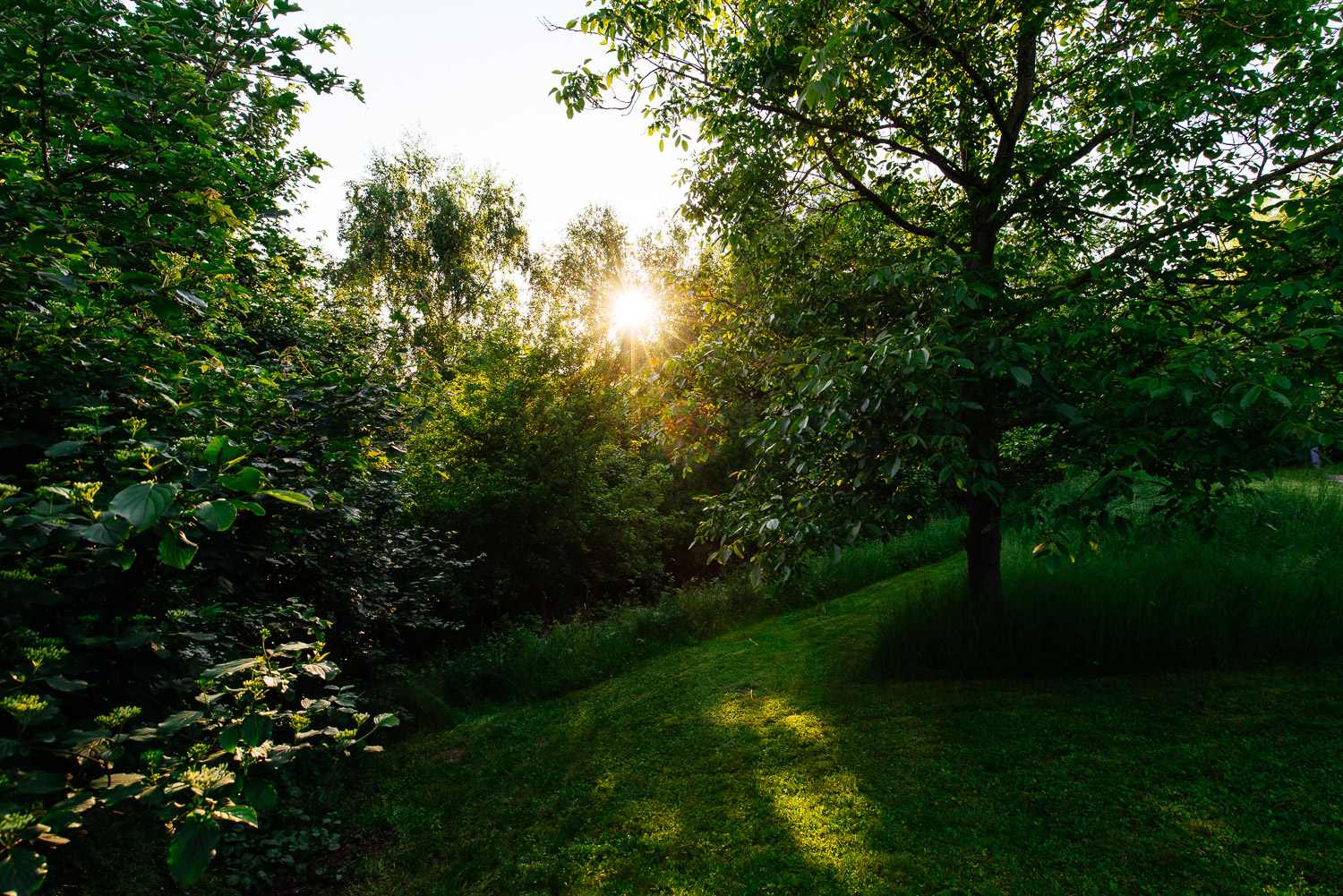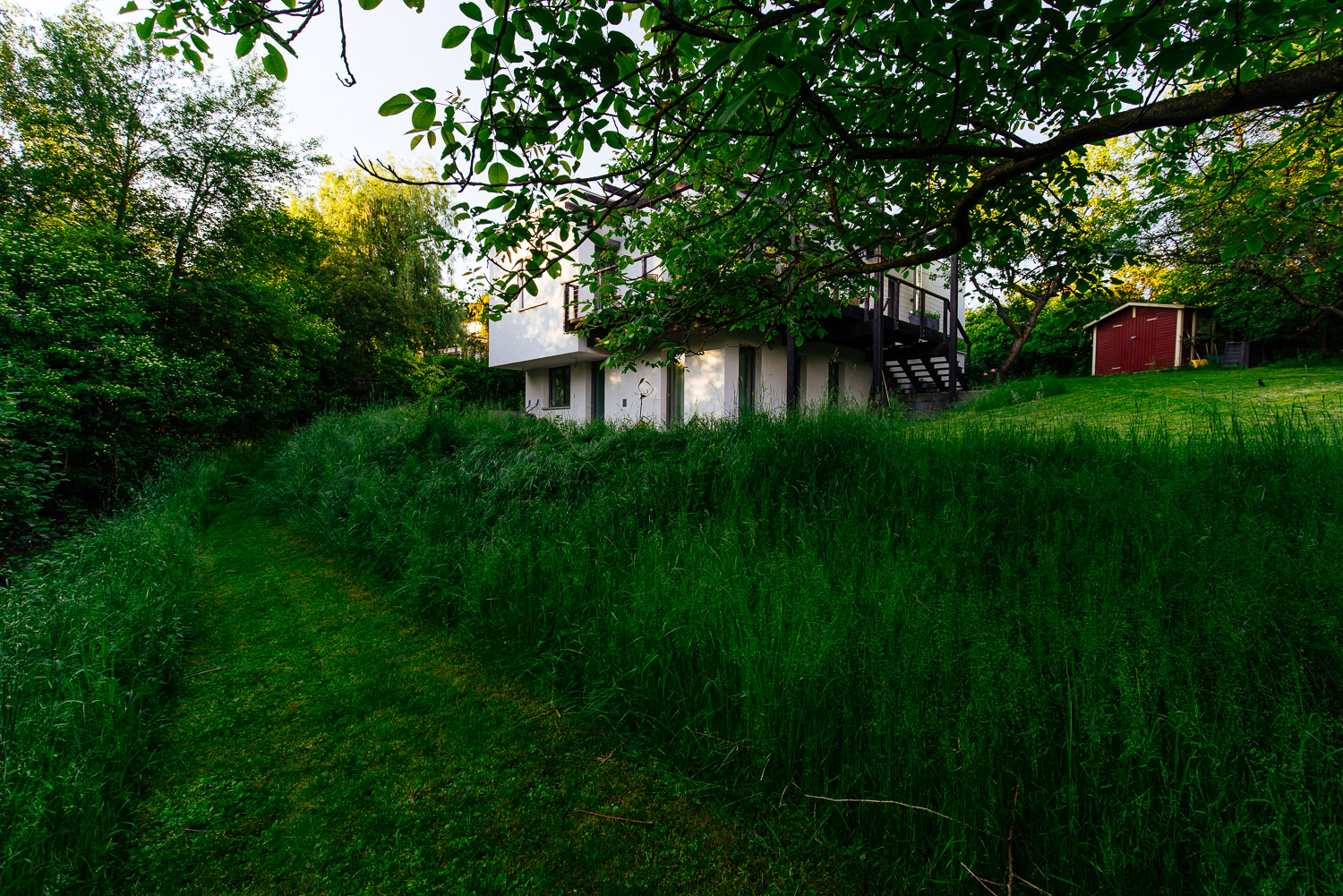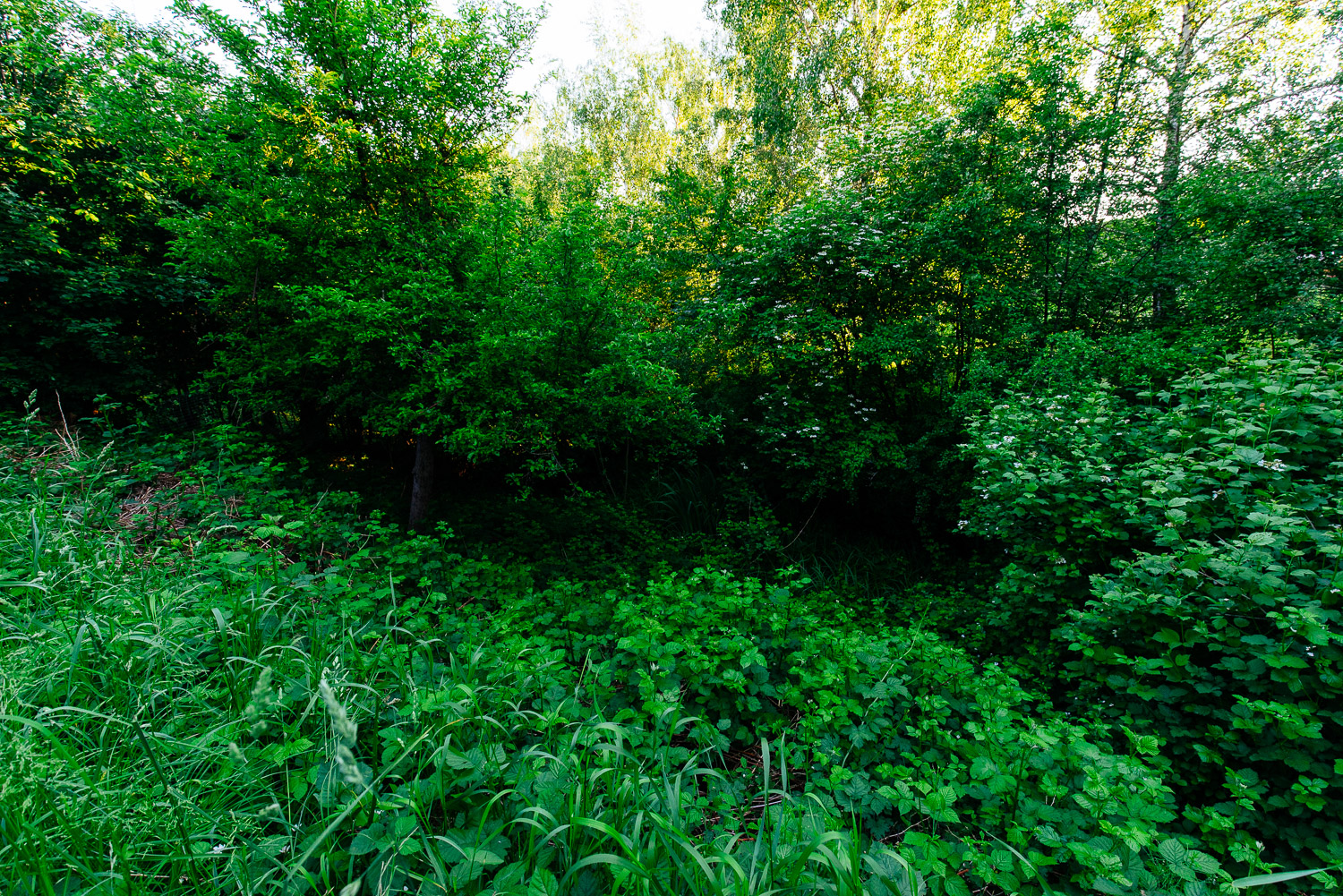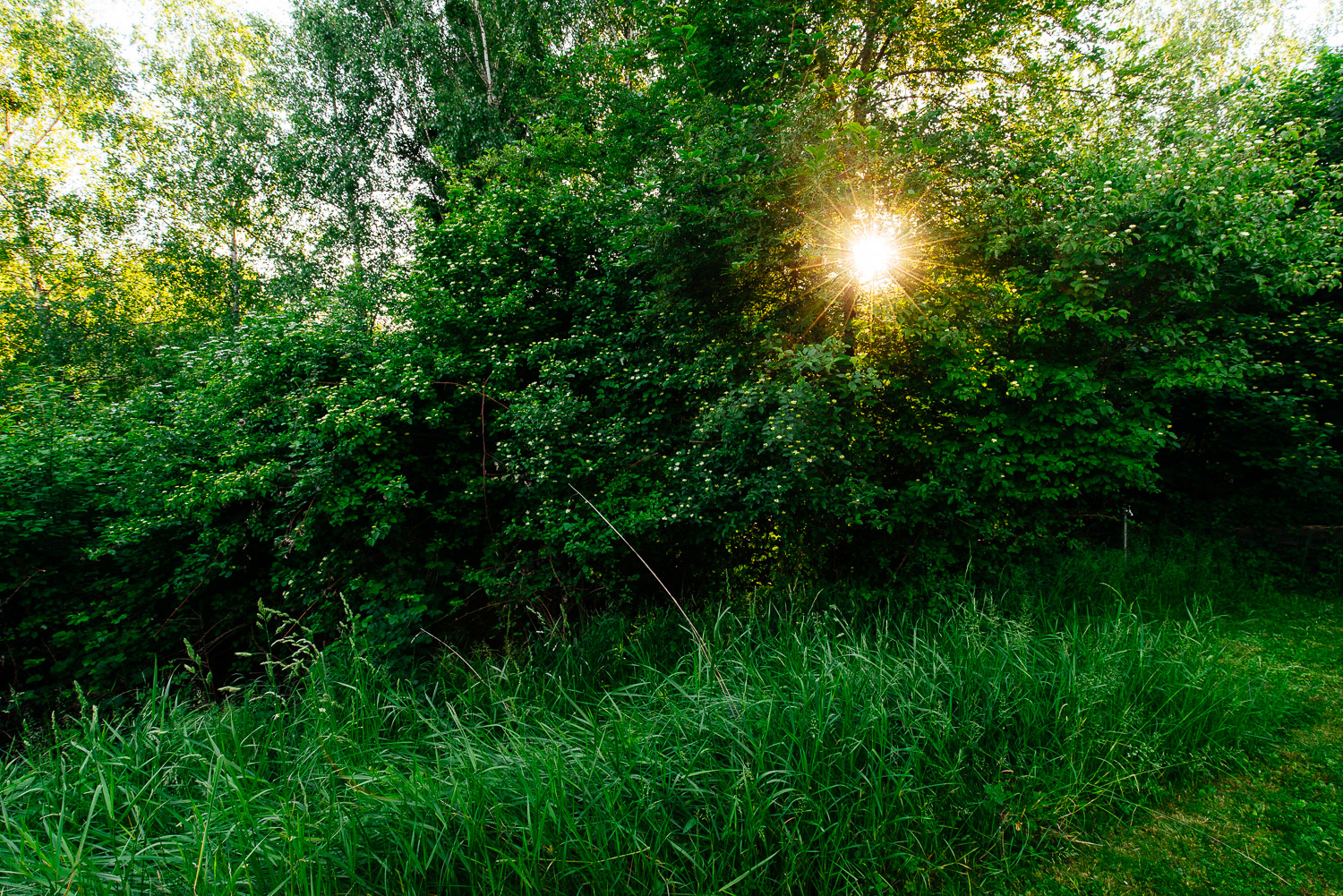 SONY ILCE-7R (16mm, f/8, 1/60 sec, ISO100)
SONY ILCE-7R (16mm, f/8, 1/60 sec, ISO100)
Sometimes big revolutions come in small boxes. In case of the Sony A7R in very small boxes.
When I first hold this camera in my hands during a photo trade show in December 2013 I was impressed and stated that this is the camera of the year. One and a half years later I bought it. Why so late or why now?
First: I didn’t get the Sony A7R to replace my Fuji X-T1. Nor did I get it to replace my full frame Canon. The reason I bought it was that I wanted a second body for my Canon lenses to avoid lens changes. I always shot with two cameras. In the past I shot my full frame DSLR with the wide angle zoom and used a APS-C DSLR together with the tele zoom lens.
At first I considered to get a Canon 70D or Canon 760D but than I realized that most likely I will never use it after the trip. If I shoot a DSLR it has to be full frame. A big camera with a small sensor makes no sense to me. I also considered to get a 5DmkIII but I don’t want to lug around another full size body and the 5DmkIII doesn’t offer any improvements regarding IQ over my 6D. When traveling my focus is on landscape photography so I don’t need the high end AF of the Canon.
Than I had a great idea and bought the camera that best fits my needs: the Sony A7R. A super small mirror less camera with a fantastic 36MP sensor without low pass filter.
 SONY ILCE-7R (16mm, f/5.6, 1/80 sec, ISO100)
SONY ILCE-7R (16mm, f/5.6, 1/80 sec, ISO100)
 SONY ILCE-7R (16mm, f/8, 1/80 sec, ISO100)
SONY ILCE-7R (16mm, f/8, 1/80 sec, ISO100)
Together with the camera I got the Metabones adapter to be able to use my Canon lenses with the Sony. The first lens I tried was my Canon EF 16-35/4L IS USM. Because of the poor weather I stayed inside and did some first test shots. I also tried out my Canon EF 24-70/2.8 L II USM with the camera mounted on a tripod by using the small Arca swiss mount on the Metabones adapter. The Sony A7R is so small that it feels like mounting the camera on the lens so the tripod mount on the adapter is a very smart idea.
I liked what I saw but the real thing was to shoot outside the next day. To keep things simple I just went outside I took some images of my garden. No tripod this time. Just the Canon EF 16-35/4L IS USM on the Sony A7R. Since IS should still work I tried if I could get sharp images with this combo handheld. IS works but AF doesn’t. The lens will autofocus but at the time it finally achieves focus the daylight would be gone. But thanks to the videos on the internet and my first checks in the camera store I wasn’t surprised. To use Canon EF lenses on the Sony A7R is a manual focus solution. If you have a problem with that don’t get this combo.
But manual focus is a breeze. The EVF and the LCD on the back of the camera are tack sharp and together with the loupe they make manual focus a piece of cake even with a wide angle lens.
 SONY ILCE-7R (16mm, f/8, 1/60 sec, ISO640)
SONY ILCE-7R (16mm, f/8, 1/60 sec, ISO640)
 SONY ILCE-7R (16mm, f/8, 1/60 sec, ISO200)
SONY ILCE-7R (16mm, f/8, 1/60 sec, ISO200)
 SONY ILCE-7R (16mm, f/8, 1/60 sec, ISO320)
SONY ILCE-7R (16mm, f/8, 1/60 sec, ISO320)
 SONY ILCE-7R (16mm, f/8, 1/60 sec, ISO400)
SONY ILCE-7R (16mm, f/8, 1/60 sec, ISO400)
And the results? The images this combo produces are amazing. They remind on of the first time I uploaded pictures taken with my first full frame DSLR, the Canon 5D. The images were so much better and sharper when viewed at 100% than every digital image I ever saw before. They images also reminded me on the first images I took with the Sony RX100. Maybe because I had problems to believe that such impressive images came out of such a compact camera.
But the images of the Sony A7R are much better than everything I ever got from my other cameras. The 36MP sensor without low pass filter resolves so much detail and its images look crisp at pixel level. Impressive! But here comes the best part. Dynamic range at low ISO is 2 stops higher than on my Canon 6D. 2 stops! That is a lot. Of course you don’t need a high dynamic range all the time. If you take a picture in perfect early morning light everything is well in between what every modern digital camera can capture. If you shoot against the sun things look different. With the A7R there is no need to use an ND grade filter or to use exposure bracketing and merge the shots in computer. Just raise the dark tones in Lightroom.
It’s too early for a final conclusion but so far I’m impressed. The Sony A7R seems to be the perfect camera for landscape photography and the best thing is that it works with my Canon lenses.
 SONY ILCE-7R (16mm, f/8, 1/60 sec, ISO160)
SONY ILCE-7R (16mm, f/8, 1/60 sec, ISO160)
 SONY ILCE-7R (16mm, f/5.6, 1/60 sec, ISO200)
SONY ILCE-7R (16mm, f/5.6, 1/60 sec, ISO200)
